THE WONDERS OF MALANJE
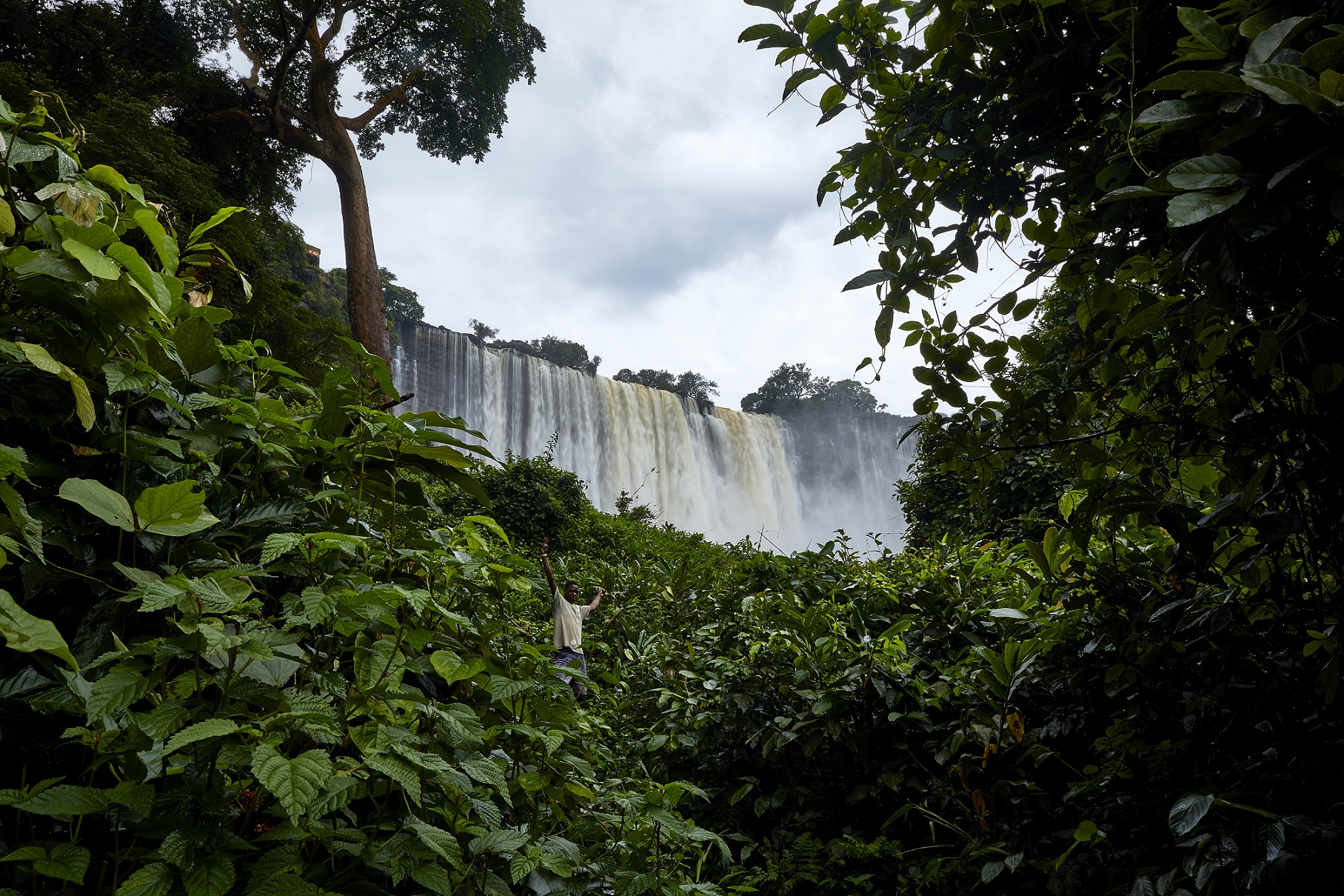
Upon landing in Malanje, which TAAG’s new Dash 8 “approach” the capital, we discover a city where past intersects with the present. First, there are buildings from the well-preserved colonial occupation that follow one another along Avenida Comandante Dangereux, which runs through the city, crossing the Malanje River on its way between the Guinea Lagoon and the Kwanza, where it flows. Right in the urban center we find the National Bank and the Provincial Government headquarters, the green Municipal Garden in front of the modern train station, and the imposing Cathedral, classified in 2017 as the country’s historical and cultural heritage. Nearby, we discover modern buildings and condominiums that reveal the city recent growth, raised to this category on February 13, 1932, and which is now engaged in a reconstruction that makes it more and more appealing.
And it is from here that we set out to discover the various province’s attractions, a territory with a diverse landscape, fauna and flora, capable of enchanting those who visit it.
The first stop on the trip is the Cacuso village, in the center of which we still find many typical buildings from the colonial era. We head south towards the famous Pedras Negras de PungoAndongo. After a few kilometers, we begin to glimpse, on the horizon of one of the endless road straights, the silhouette of rock formations that over millennia the elements have taken charge of rounding and that witnessed key moments in the country’s history. We cross the plain, which begins to be torn by gigantic stones with curious shapes where we try to “fit” animals and objects, and in a few kilometers, we turn to the left, where we are greeted by a welcome sign on the road that gives access to the most spectacular attractions in the region. We walk along a stone corridor from which we have a unique view over the valley where the Kwanza River spreads, blocked a few kilometers ahead by the Capanda Dam, whose reservoir we can also visit on the border with Kwanza Sul province. Through simple cement structures, we find the mythical footprints on the rocks that the people guarantee to be the kings NgolaKiluanji and his daughter, Njinga a Mbande, who reigned in the lands of the Ndongo Kingdom (incidentally, the place’s original name is precisely Pungo-a-Ndongo).
In a silence that has accompanied us since we arrived at Pedras Negras, we cross the small village and begin the climb to the sacred stones, to enjoy an extraordinary panoramic view from the viewpoint over the Kwanza River.
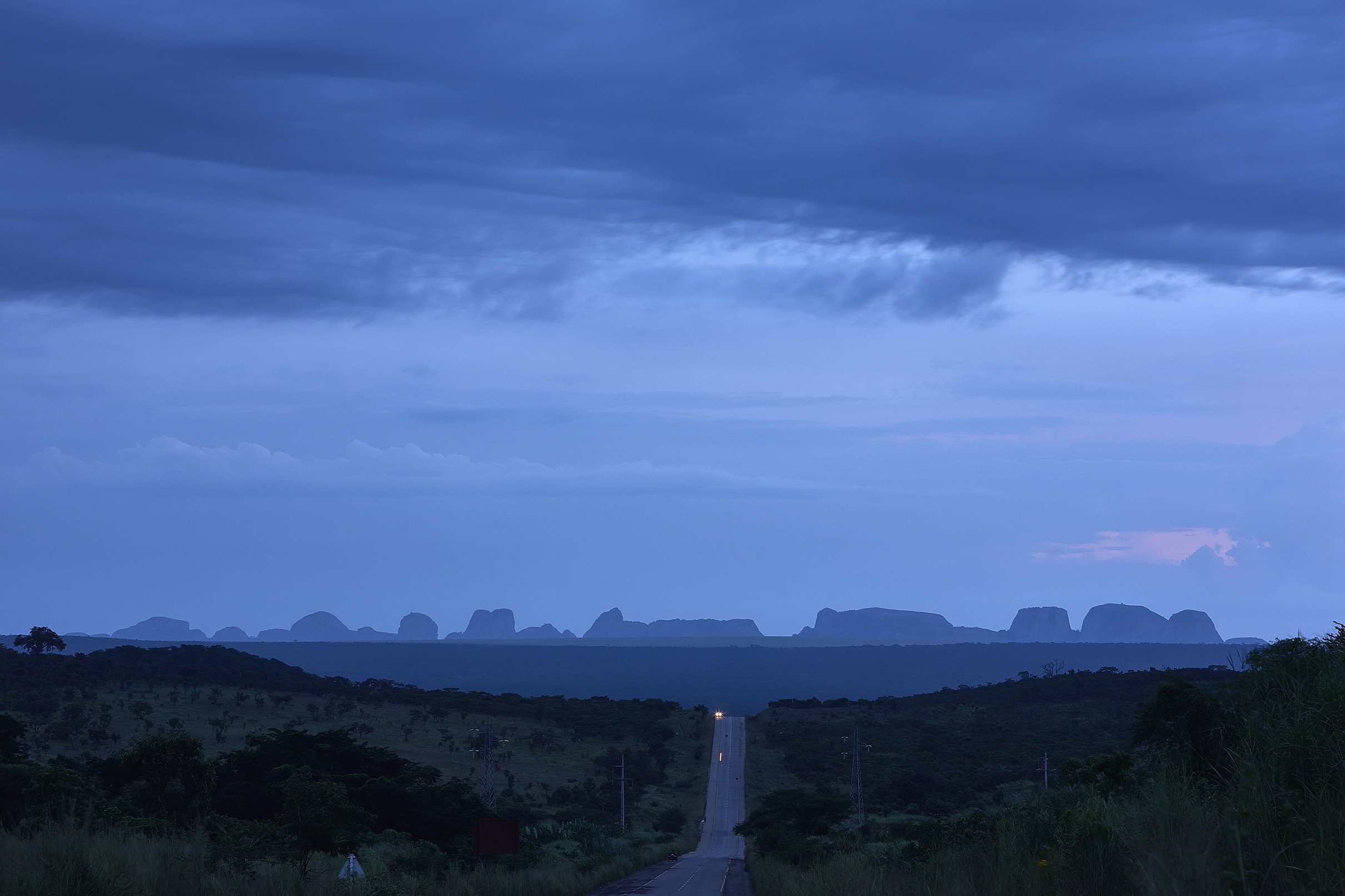
Human presence is constant along the roads.
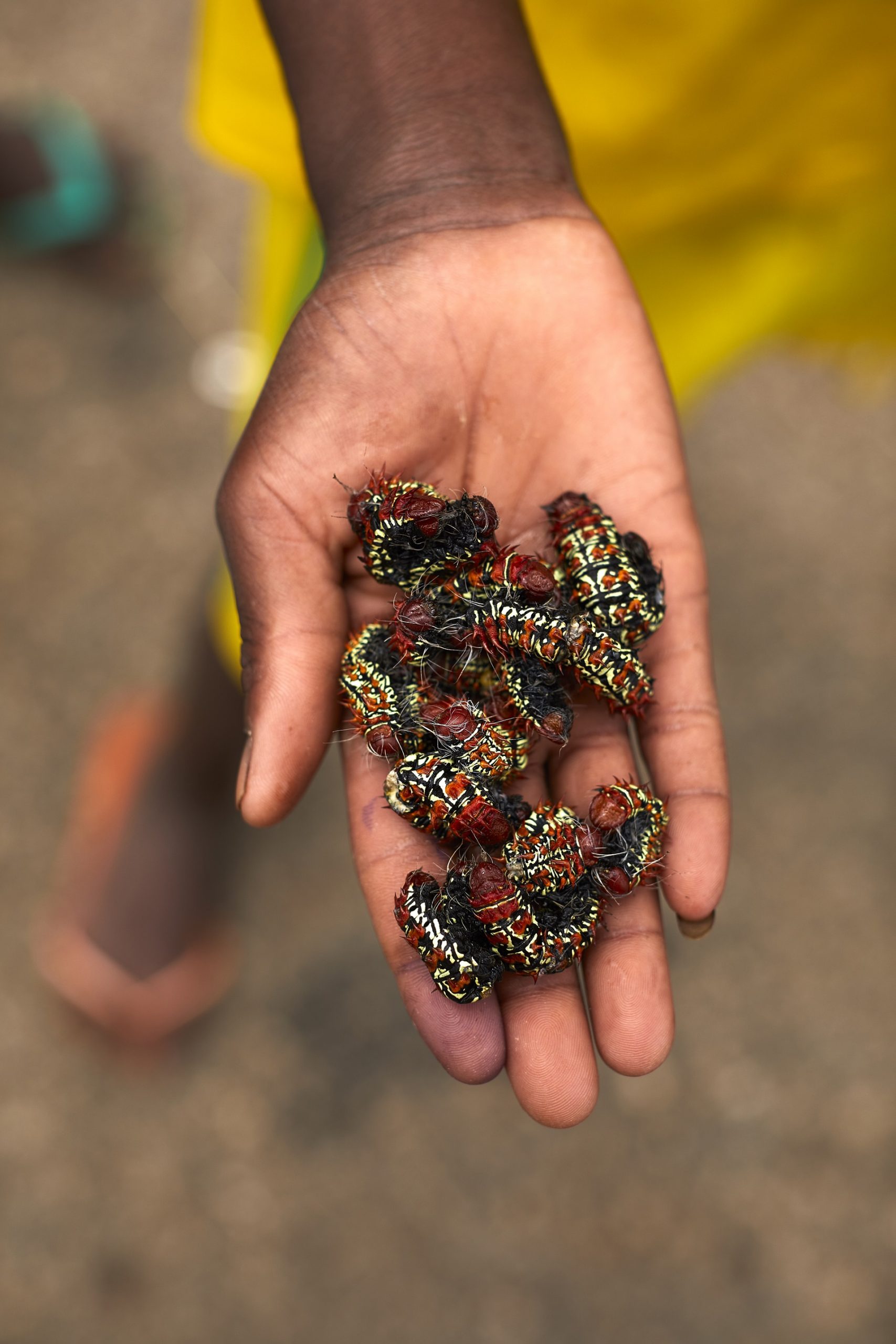
We dedicated the second day to the natural heritage, which includes various nature reserves, such as Luando and Milando, where the aim is to preserve the region’s rich fauna. As it was impossible to visit them all, we opted for the Kangandala National Park, which, in 2005, gained enormous importance when were sighted there specimens of giant black sables, a rare subspecies of antelope, endemic to Angola and exclusive to Malanje province, thought itself extinct. Although it is still considered to be in critical danger of extinction, the giant black sable finds in this space a sanctuary that could represent its survival. It is in the hope of being able to observe one of these magnificent animals that we arrive at the smallest of all Angola’s National Parks, established in 1970.
We are not lucky enough to be awarded for the park’s elusive star, but we have discovered other examples of local fauna. We take advantage of the proximity to a jump to the impressive rapids of the Kwanza River area, which there gains breath on its route towards the Ocean.
The attraction that took us to Malanje is reserved for the end. Early in the morning, we head north towards the famous Kalandula waterfalls. Voted one of Angola’s Seven Natural Wonders, they have in their curriculum the title of being the second-largest in Africa, with the waters of the Lucala river spreading over more than 400 meters in length to crash from a height of more than 100 meters, in a unique show. As soon as we stop the car in the parking lot near the viewpoint, which perched on the cliff provides a unique view, we are approached by young guides who offer to show us the best angles of the waterfalls, while in the old picnic park, some women sell ginguba (peanuts) and other snacks to help cheat hunger.
As we get closer to the viewpoint, we hear the growing thunder of the falling waters and glimpse the mist resulting from the drops that come off the immense flow. On windy days, some are projected upwards, giving visitors the feeling of “rising rain”. With the sun, the rainbow is a guaranteed presence and lends magic to the visit. In the cacimbo (cold season), when the flow is smaller, we can venture out and walk over the bedrocks that the currents have given intriguing, rounded and smooth shapes. Looking at the valley ahead, we are enchanted by the image of Lucala calmly following its path, after the dramatic falls, on a peaceful course that will take it to the Kwanza – which finds it there on the Massangano side – these waterfalls, one of Angola’s most iconic images, attract many visitors to that enchanted corner that seduces at the first contact.
Advertising

▶ HOW TO GO
From Luanda, access by road to Malanje is via the EN 120, a journey of about five hours to cover the nearly 400 km distance. TAAG’s new route operated by 4-800 Dash considerably reduces this time, taking us to Malanje in a quiet and very comfortable way, in just 45 minutes.
▶ WHERE TO EAT
In Malanje city, look for local delicacies at restaurants such as O Quintal, on Rua Sacadora Cabral; the Triângulo, on Rua 28 de Maio; or the Kapri, on Rua Comandante Dangereux. At Pousada da Calandula, the restaurant is open to the public.
▶ WHERE TO SLEEP
Pousada da Calandula offers the possibility of waking up with a view of one of the most beautiful landscapes in Angola: the Kalandula falls. In Malanje city, options can go through the hotels Palanca Negra, Portugália, Regina II, or Njinga Hotel.
Issue 70 Nov/Dec | Download.
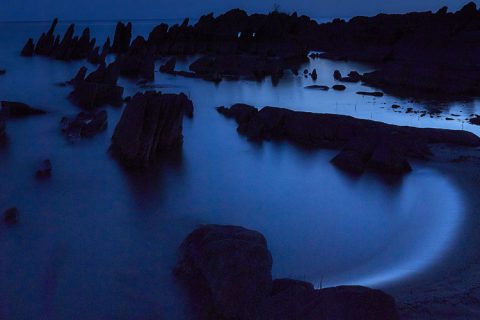
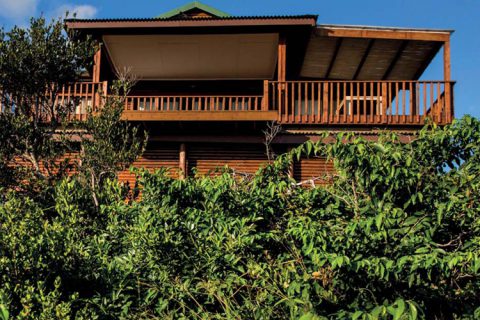



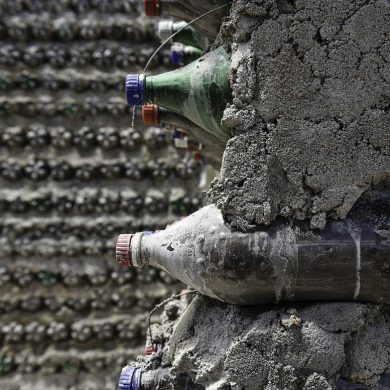


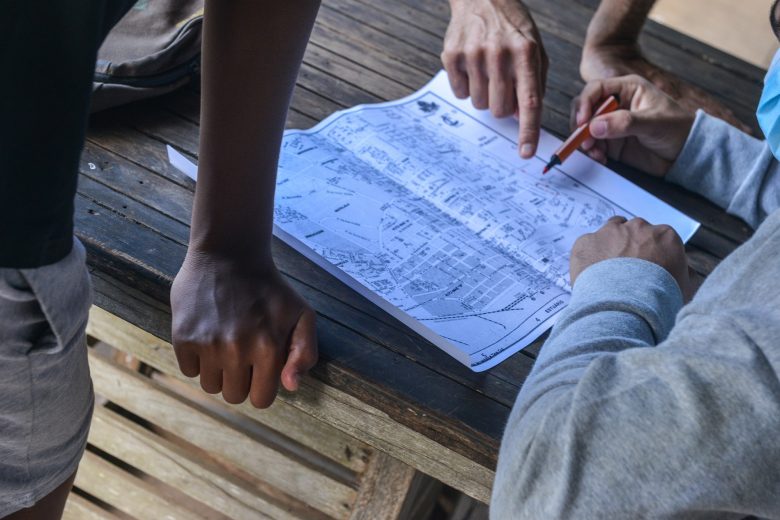
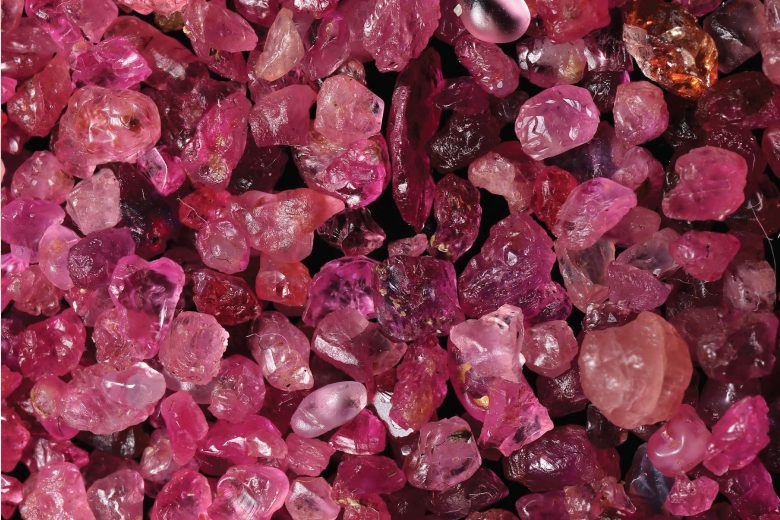













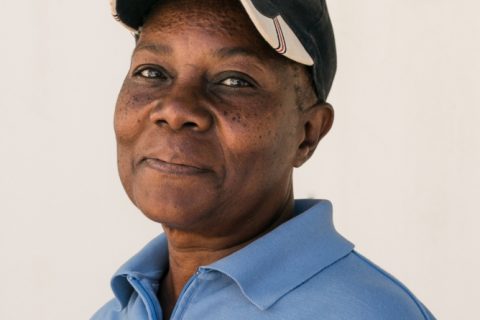
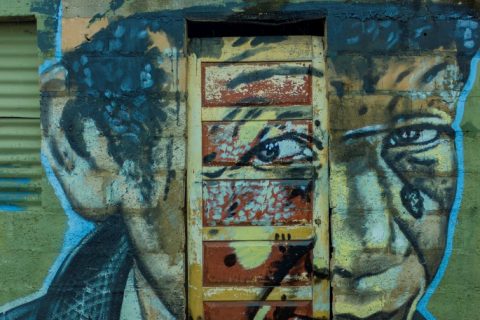


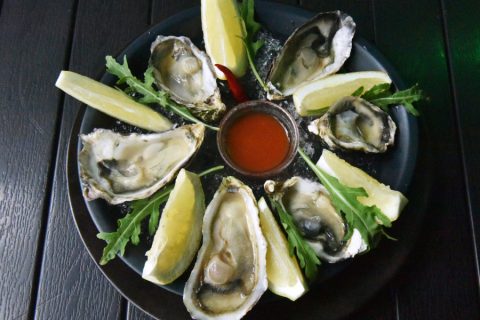

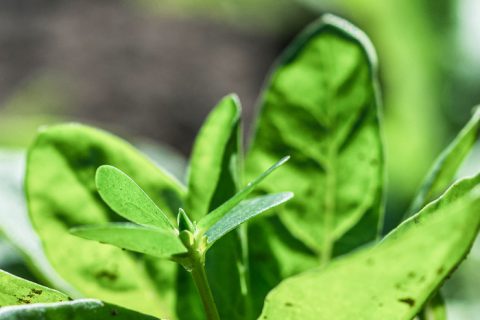
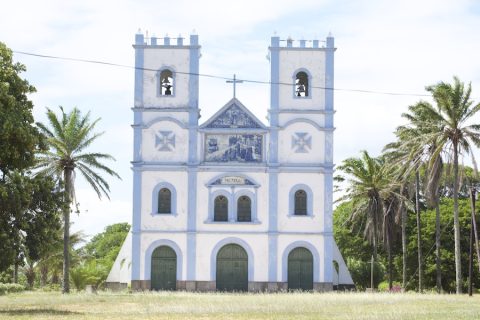
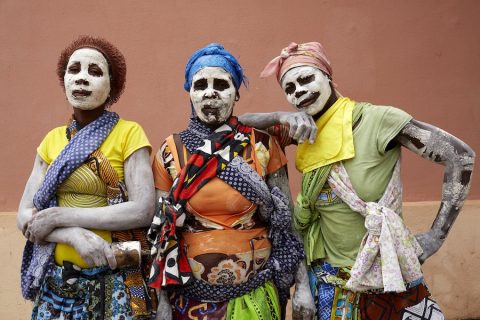
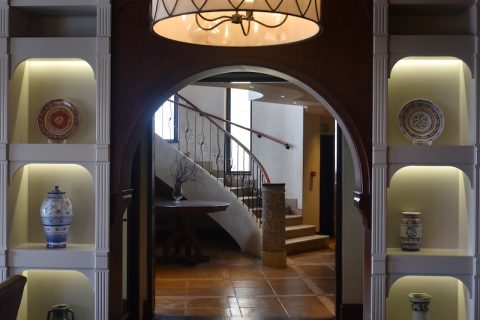


0 Comments